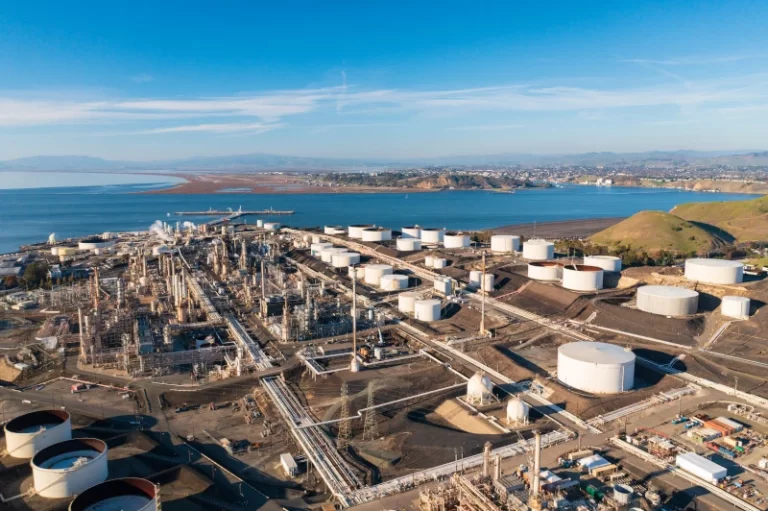As the climate crisis rages on, banks and investors are starting to reckon with the effects of the crisis on the banking system. Banks are losing trillions of dollars worth of assets from both the physical threat of climate change and ever-changing policies, Reuters reports. Not to mention, the financial industry isn’t faultless when it comes to their own footprints. Dozens of major banks invested several trillion dollars in risky fossil fuel investments during the five years following the Paris Agreement. Still, large businesses, banks, and universities are starting to divest from fossil fuels and high-carbon emitting industries.
But there’s another way for companies and institutions to follow a more sustainable standard by putting money in the system instead of taking it out—ESGs. The buzzy term stands for “environmental, social, and governance” and is a set of standards for a company’s operations used to screen potential investments. For an individual investor, a typical ESG could look like opening an online brokerage account and checking off settings for a portfolio that is low risk and high in social responsibility. For a company or institution, it means putting ”capital in corporations that proactively govern and operate in an ethical and sustainable manner,” according to Nasdaq.
Etienne Cadestin, the founder and CEO of Longevity Partners, an environmental consulting firm based out of the United Kingdom, calls ESGs “housekeeping” for companies that are concerned about their environmental impact and managing risk for businesses.
“ESG investments are considered as a separate asset class but it shouldn’t be,” Cadestin argues. “ESG should be incorporated in every business’s modus operandi … it’s a best practice. It’s all about running a responsible business.”
He is hopeful about the use of ESGs in current and future investments, and is excited to witness how quickly businesses are discussing responsible investing. Companies like his, as well as well known consulting firms like Deloitte and McKinsey & Company have come out of those conversations to guide others into sustainable and responsible investing.
Cadestin started his career in 2009 working at the United Nations Environment Program on building a green economy, something unheard of at the time, he explains. The green economy is “low carbon, resource efficient and socially inclusive,” and growth in this economy is driven by reducing pollution and investing in sustainable energy, he says. READ FULL ARTICLE






